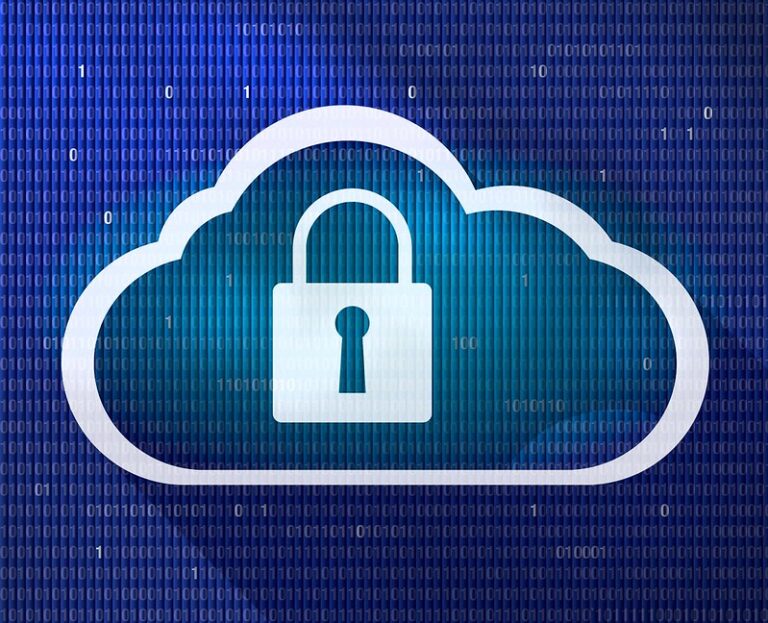Researchers from Greece have developed a PV prediction technique for prosumer schemes using federated learning, a machine learning method that sends local model updates to a central server for correction. Their simulations show surprising results compared to centralized forecasts.
Scientists from Greece’s National Technical University of Athens have proposed a new PV prediction technique that protects the privacy of prosumers. Efficient prosumer schemes rely on accurate solar production forecasting models, which require extensive data, making privacy and utility trade-offs essential. The researchers’ approach to balancing this tradeoff is based on federated learning (FL).
“The FL process starts with a global model that is shared across all devices. Each device trains the model locally and sends updates to a central server, where they are merged to improve the model,” the academics said. “This updated model is then sent back to the devices for further training. The FL cycle is repeated several times until the global model reaches the desired optimal accuracy.”
The team’s model runs locally on each machine and includes a long-term memory (LSTM) architecture, a dropout unit, and two fully connected dense layers. The LSTM processes sequential data, while the dropout unit reduces overfitting, and the dense layers help make final predictions.
The model also uses hyperparameters to tune local LSTM models and cluster similar clients on the central server. These hyper-parameters, which are set before training begins, determine the training process of the machine learning model.
Other models
“The dataset examined comes from the electricity grid of Terni, Italy, and contains data from 30 small-scale electricity producers using photovoltaic systems for energy generation,” the group explains. “After normalization, we divide the dataset into two subsets: a training set for model training and a test set for evaluating the model’s performance on unseen data. This split adheres to an 80-20 split, with data from January 2015 to December 2017 being for training and data from January 2018 to December 2019 being for testing.”
The researchers then compared the FL-LSTM model on the same dataset with different learning methods. The first was localized learning, which takes place in a completely private, localized environment. The second was centralized learning, which typically offers higher accuracy but sacrifices privacy. The third model was FL, extended with differential privacy (DP) to minimize the chance of identifying individual contributions, using noise multipliers set to 0.2, 0.25, 0.3 or 0.4.
“To assess the performance of the models, two main metrics are used: the mean absolute error (MAE) and the root mean square error (RMSE),” the group explains. “The selection of MAE provides a comprehensive view of the error rates of our models, especially due to its robustness against outliers – a notable feature of our dataset. Conversely, RMSE emphasizes sensitivity to larger errors, which is crucial for evaluating the accuracy of generation predictions because it emphasizes the impact of substantial deviations more than MAE.”
The results showed that the centralized model performed the best, with an MAE of 0.00960 and an RMSE of 0.01687. The FL model had an MAE of 0.01993 and an RMSE of 0.02872. The FL-DP model with a noise multiplier of 0.2 recorded an MAE of 0.01857 and an RMSE of 0.02669. The localized model had a MAE of 0.02436 and an RMSE of 0.04679, while the FL-DP model with a noise multiplier of 0.25 showed a MAE of 0.02651 and an RMSE of 0.03375. Results for noise multipliers of 0.3 and 0.4 are not provided.
“In the search for a noise level that would deliver comparable performance to the non-DP FL implementation, we came across an intriguing anomaly. The optimal noise-to-performance ratio was observed at a noise multiplier of 0.2, which unexpectedly yielded better results than FL,” the group noted. “Our experiments with noise multipliers higher than 0.2 showed the expected degradation in predictive accuracy, with the multiplier of 0.4 preventing the model from converging.”
The group said the “key limitation was the limited size of the data set regarding the number of participating customers. This survey serves as a baseline measurement; adding more prosumers over time would certainly improve the performance of FL and FL-DP. With that in mind, our results indicate that for smaller datasets with few participating clients, centralized learning outperforms FL in terms of accuracy, even though both approaches leverage the available collective data. Nevertheless, FL offers advantages in terms of privacy and communication costs.”
They presented their results in “Enabling federated learning techniques for privacy-preserving PV forecasting”, which was recently published in Energy reports.
This content is copyrighted and may not be reused. If you would like to collaborate with us and reuse some of our content, please contact: editors@pv-magazine.com.


